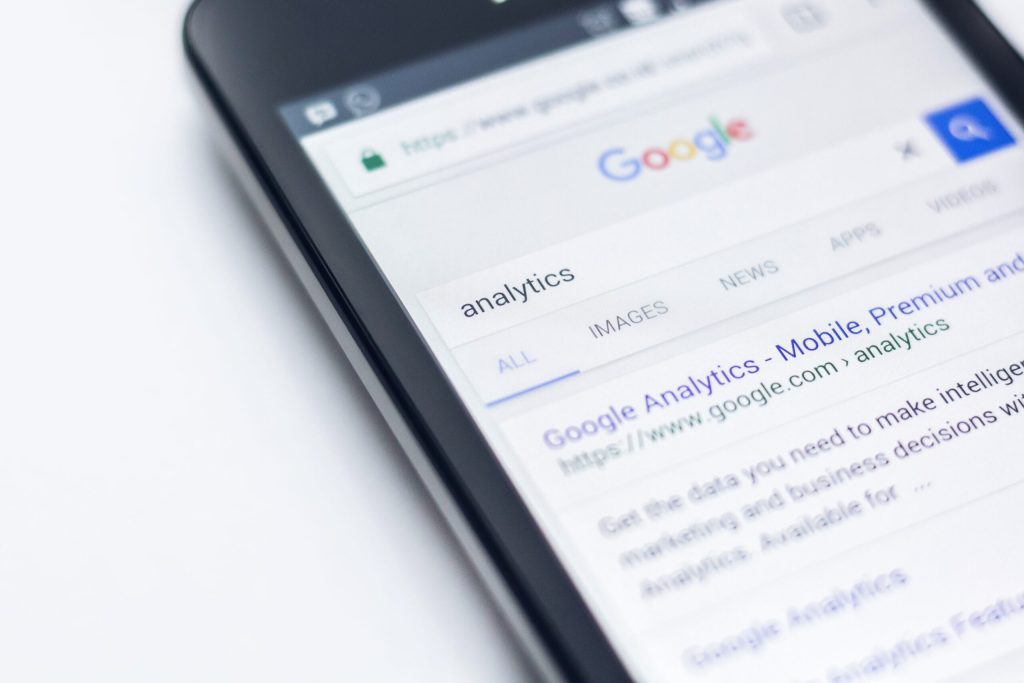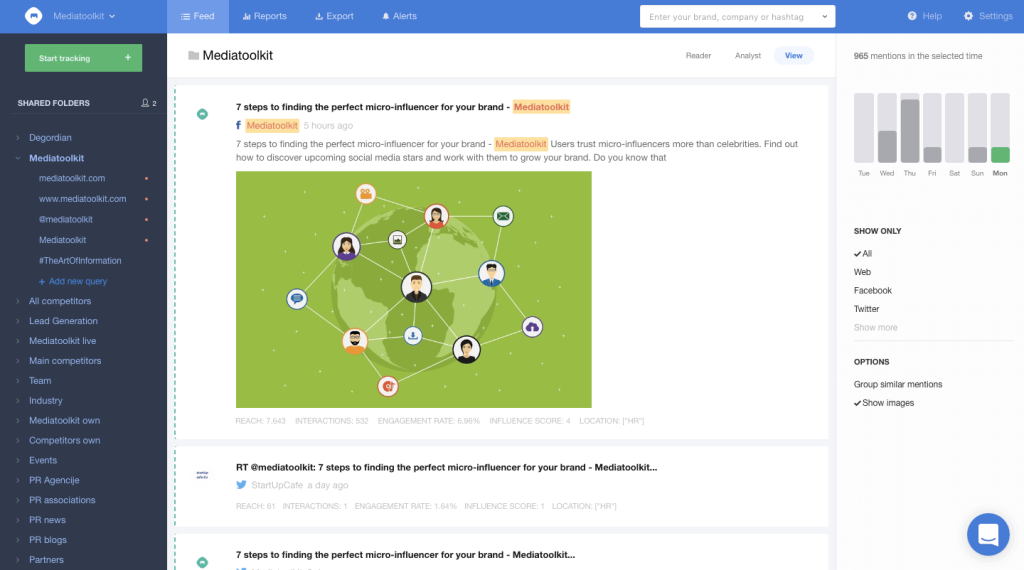The goal of every brand is to create a positive customer experience, so more people keep coming back to them.
This is why Apple remains one of the best brands despite having comparable smartphones in the market at lower prices. The American brand has built enough reputation and authority in the market that they’ll always have loyal customers that will help keep them afloat, no matter how much they charge their products.
? Read Creating a Marketing Strategy that Works: Benefits, Steps, Tools
Having this leverage in the market is what most businesses should strive for. And they can achieve it by building brand equity. This post will discuss what brand equity is all about, its benefits, and how you can grow your reputation in the market.
So, What is Brand Equity?
In a nutshell, brand equity refers to consumers’ perception of the brand name that shapes their opinion regarding its products and services.
Aside from Apple, another excellent example of a business with outstanding brand equity is Starbucks. It has become more than the coffee it serves to the public. The brand was able to develop a consistent customer experience from the products they offer down to the layout of the stores. By having the same look and feel across different stores worldwide, the brand has set the standard on how people enjoy their coffee.
In the case of these brands, they were able to build brand equity by observing its four components.
Components of Brand Equity
- Brand Awareness – Find ways for people to find your brand. Develop a marketing strategy that allows you to target your audience and directly promote your business to them.
- Perceived Quality – Help shape the opinion of your audience towards your brand by developing a solid value proposition and properly communicating why they need your product. Achieving these creates positive attitudes and feelings towards your brand, which could help influence sales.
- Brand Association – Allow your audience to foster a stronger connection with your brand by using images, symbols, as well as non-tangible things such as emotion or attributes. Developing these associations makes them feel more in touch and aligned with what your brand is trying to achieve.
- Brand Loyalty – Develop ways to keep current customers engaged and to stay with your brand amidst the tough competition.
Working on the brand equity components above will serve your business well, especially once you implement tactics and techniques that will help increase the visibility and accessibility of your business.
Also, brand equity is not brand value. Whereas the former is intangible and based on customers’ emotions, the latter is grounded on financial figures and how your brand stacks up against the competition. Nonetheless, both are related to each other—the success of your brand equity correlates to your brand value and vice versa.
Read What Is Competitor Mapping and How to Use It for Your PR Campaigns
Why Does Brand Equity Matter?
It’s one thing to make sales now with your business. But it’s another to develop brand equity now and reap even more significant benefits later.
There are a handful of reasons why you should start focusing on growing your brand equity, and below are the more important ones:
Greater influence
People are less likely to buy from brands they don’t trust. And to win the trust of your audience, you need to exert greater influence in the market with your products and services.
For starters, how you plan to promote your business dictates the success of your brand awareness. The idea is to target the right people on your promotions strategy and ramp up the coverage and duration of your campaign. From here, more people will be able to remember your brand based on how you marketed it.

At the same time, you need to make sure that your marketing campaigns deliver on the promise of your product. You can’t promote your products and services dishonestly because it will reflect poorly on your brand. This results in distrust from your audience.
You must develop and launch well-coordinated marketing campaigns to complement your excellent products, thus garnering greater market influence.
Higher customer retention
Due to new competitors coming out of the woodwork and offering seemingly better products than your brand, it’s easy for your customers to jump ship and go with the new kid on the block.
To avoid this from happening, you must give customers reasons to stay and continue advocating for your products.

Launching loyalty or referral programs are ways to reward your customers with points for every new purchase or referral they send your store’s way. They can then convert the points into credits they can use to buy more products from you.
But the best way to keep customers is to personalize their experience with your brand. By integrating this particular tactic into your brand equity strategy, you can build stronger relationships with existing clients, making it impossible for them to leave your brand.
More sales
Concerning higher retention rates, brand equity results in more sales and revenue for your business. Not only do you get to keep your old customers, but they can also help you acquire new ones through word of mouth or your referral program.
Read Social Selling: 7 Ways Social Listening Can Help
How to Build Brand Equity?
Becoming a household brand name could take years of strategic planning and effort on your part. This is easier said than done, as most businesses struggle to profit over a sustained period.
But instead of worrying about something that won’t happen anytime soon, focus first on establishing the foundations that will lay the groundwork for building your brand equity.
Below are the pillars that will help you make a first good impression on your audience and carry it over through the years to come.
Search Engine Optimization (SEO)
Developing and launching an SEO strategy has become more critical than ever since people use Google and other search engines to find information online. In this case, you want to appear on search results so people can find your brand. From here, you can get more visitors to your site and convert them into customers.
Websites that appear on top of search results have well-written content and tons of authoritative backlinks. The former refers to how your content doesn’t have grammatical errors and how it provides value to readers. Your branded content must answer questions your audience asks about the product in general.

At the same time, you can’t just write content and expect people to read them. You need to plan ahead with a content strategist regarding the keywords you will target before writing them. This way, you increase the likelihood of all your site pages ranking on search engines.
By following the best on-page SEO practices and establishing your brand as an expert in the subject, you can position your brand as an authority in the industry. This helps you build greater credibility and influence among your audience, which is a building block of brand equity.
Social Media Monitoring
As a whole, social media is a massive online channel that you can tap into to find potential leads and customers. However, manually searching for them is an impossible task due to the volume of messages you’ll have to comb through.
Also, you’ll have to keep track of the things people are saying in the industry in real-time. It will allow you to know the pain points and opportunities that your brand can capitalize on. This is where social media monitoring comes in handy. It refers to the process of collecting mentions made of your brand or terms online.
Among to different tools you can use to monitor your brand on social media, Determ is more than capable of helping you keep track of what people say about you online.

It can automatically search Facebook, Twitter, YouTube, and other social media platforms for mentions and hashtags of your brand or keywords. Determ can also search discussion boards, blogs, and comments of your mentions to help expand your search.
From here, you can uncover insights about your brand or industry in general. For example, if people are looking for items that your brand offers, you can personally message and talk to them about your products.
Bonus: Hashtag Analytics And Lead Generation
You can also use social media monitoring to learn how your audience received your campaigns. For example, if you launched a video ad funnel, make sure to include your hashtags and socials in there. This way, you can collect mentions of your hashtags to see how many people are engaging with your funnel.
Finally, social media mentions can be a good source of leads. You can collect mentions of people unhappy with your competitors and looking for products you’re selling. You can then reach out and present your product to them in a non-salesy way. Better yet, you can conduct cold calling to close them into customers more effectively.
Social Listening
Unlike social media monitoring, social listening is analyzing the sentiment that people have when discussing your brand.
As your business goal is to provide each person with a positive experience, not everybody will share the same feeling. This process then helps you identify people who said negative things online and resolve any issues they have about your business.
In this case, use Determ to help you collect their messages and analyze the sentiment of each.
Some of the people you may find here may not be customers. They can be your audience who were unhappy with one of your ads or something you did online. Their negative sentiment could pile up and cause others to have a less than favorable perception of your brand.
Regardless, reach out to each one and resolve issues they have about your brand. If you can’t reach a resolution or middle ground, you can chalk this one up to experience and avoid making the same mistake again.
Your ability to proactively address concerns and build meaningful relationships with your audience helps build greater trust in your brand.
Conclusion
Perception and optics matter to brands. How people see your business dictates whether they’ll purchase your products or not. And the best way to help shape their perception is by understanding what brand equity is and how to leverage it, as the article above has explained.
Ultimately, at the heart of brand equity is how you interact with and treat your audience. You want to see them as actual people and not just dollar signs.
In fact, the more you build genuine relationships with them, the faster you gain the respect and trust your brand deserves. How they feel towards your business as a whole, and your continued efforts in marketing your products to the market will help speed up building your authority.



